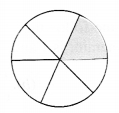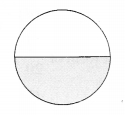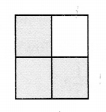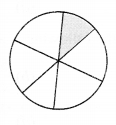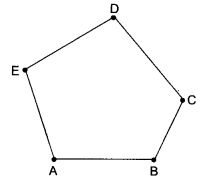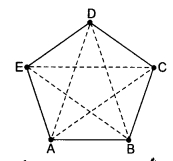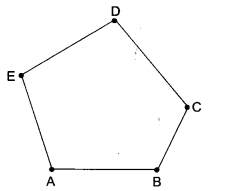CBSE Class 6 Maths – MCQ and Online Tests – Unit 9 – Data Handling
Every year CBSE students attend Annual Assessment exams for 6,7,8,9,11th standards. These exams are very competitive to all the students. So our website provides online tests for all the 6,7,8,9,11th standards’ subjects. These tests are also very effective and useful for those who preparing for any competitive exams like Olympiad etc. It can boost their preparation level and confidence level by attempting these chapter wise online tests.
These online tests are based on latest CBSE syllabus. While attempting these, our students can identify their weak lessons and continuously practice those lessons for attaining high marks. It also helps to revise the NCERT textbooks thoroughly.
CBSE Class 6 Maths – MCQ and Online Tests – Unit 9 – Data Handling
Question 1.
How many students got 75 or more marks?
(a) 1
(b) 2
(c) 3
(d) 4
Answer
Answer: (c)
Hint:
95, 78, 75
Question 2.
How many students got marks below 60?
(a) 1
(b) 2
(c) 3
(d) 4.
Answer
Answer: (d)
Hint:
55, 36, 42, 25
Question 3.
The ratio of the frequencies of blood groups B and O is
(a) 1:3
(b) 2:3
(c) 3 :4
(d) 1:2.
Answer
Answer: (d)
Hint:
6 : 12 = 1 : 2
Observe the following pictograph and answer the related questions :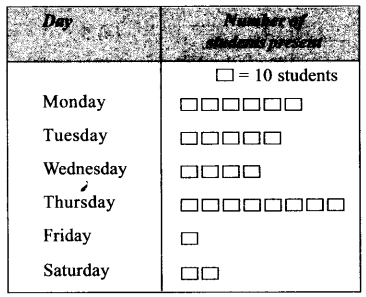
Question 4.
How many students got marks between 60 and 75?
(a) 1
(b) 2
(c) 3
(d) 4.
Answer
Answer: (c)
Hint:
62,62,73
Observe the following table and answer the related questions: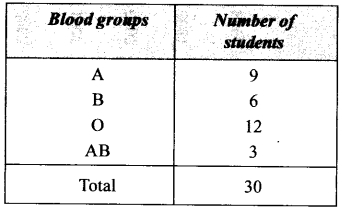
Question 5.
Which blood group is the most common?
(a) A
(b) B
(c) O
(d) AB.
Answer
Answer: (c)
Question 6.
The number of students present on Friday is
(a) 10
(b) 20
(c) 40
(d) 50.
Answer
Answer: (a)
Question 7.
Which blood group is the rarest?
(a) AE
(b) B
(c) A
(d) O.
Answer
Answer: (a)
Question 8.
What is the total number of students?
(a) 30
(b) 15
(c) 20
(d) 10.
Answer
Answer: (a)
Question 9.
The maximum frequency is
(a) 12
(b) 9
(c) 6
(d) 3.
Answer
Answer: (a)
Question 10.
The maximum marks obtained by any student is
(a) 95
(b) 78
(c) 75
(d) 25.
Answer
Answer: (a)
Question 11.
The minimum frequency is
(a) 3
(b) 6
(c) 9
(d) 12
Answer
Answer: (a)
Question 12.
How many students got the same marks?
(a) 2
(b) 3
(c) 4
(d) 5.
Answer
Answer: (a)
Hint:
62, 62
Question 13.
The difference between maximum and mini-mum frequency is
(a) 3
(b) 6
(c) 9
(d) 12.
Answer
Answer: (c)
Hint:
12 – 3 = 9
Question 14.
The difference between the maximum and mini¬mum marks obtained is
(a) 60
(b) 50
(c) 70
(d) 80.
Answer
Answer: (c)
Hint:
95 – 25 = 70
Question 15.
The ratio of the frequencies of blood groups AB and B is
(a) 1:2
(b) 1:3
(c) 2:3
(d) 3:4.
Answer
Answer: (a)
Hint:
3 : 6 = 1 : 2
Question 16.
On how many days were less than 20 students present?
(a) 1
(b) 2
(c) 3
(d) 4.
Answer
Answer: (a)
Hint:
Friday
Observe the following bar graph and answer the related questions: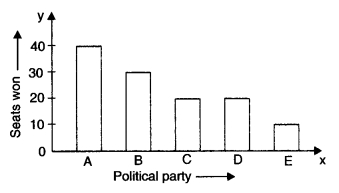
Question 17.
On which day were the maximum number of students present?
(a) Monday
(b) Thursday
(c) Tuesday
(d) Saturday.
Answer
Answer: (b)
Question 18.
On which day were the minimum number of students present?
(a) Friday
(b) Saturday
(c) Thursday
(d) Wednesday.
Answer
Answer: (a)
Question 19.
On how many days were more than 20 stu-dents present?
(a) 1
(b) 2
(c) 3
(d) 4.
Answer
Answer: (d)
Hint:
Monday, Tuesday, Wednesday, Thursday
Question 20.
The minimum marks obtained by any student is
(a) 95
(b) 78
(c) 75
(d) 25.
Answer
Answer: (d)









